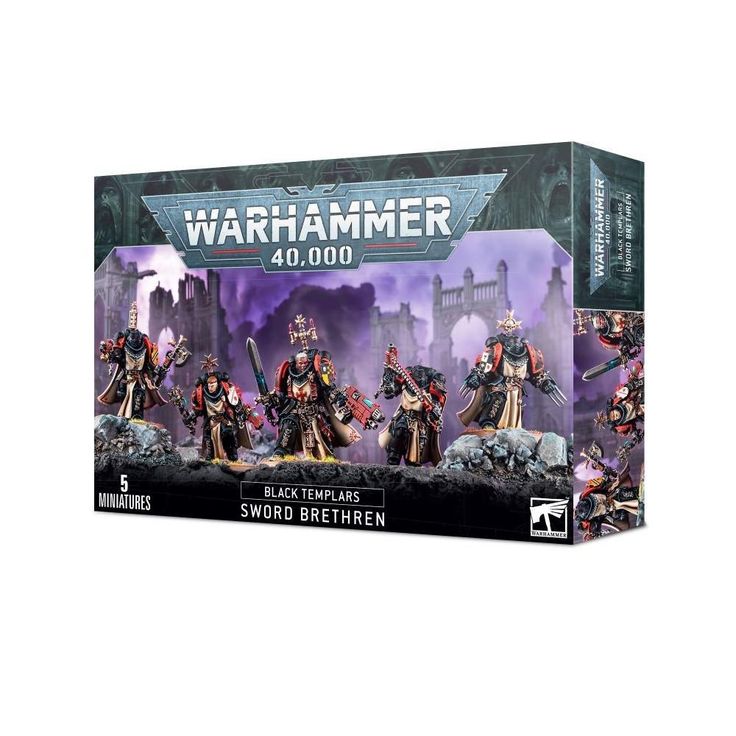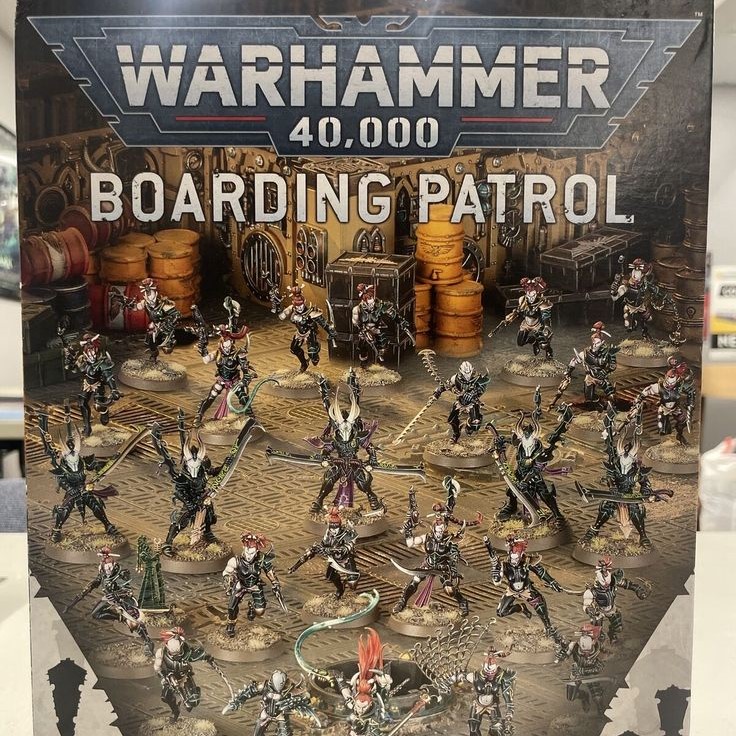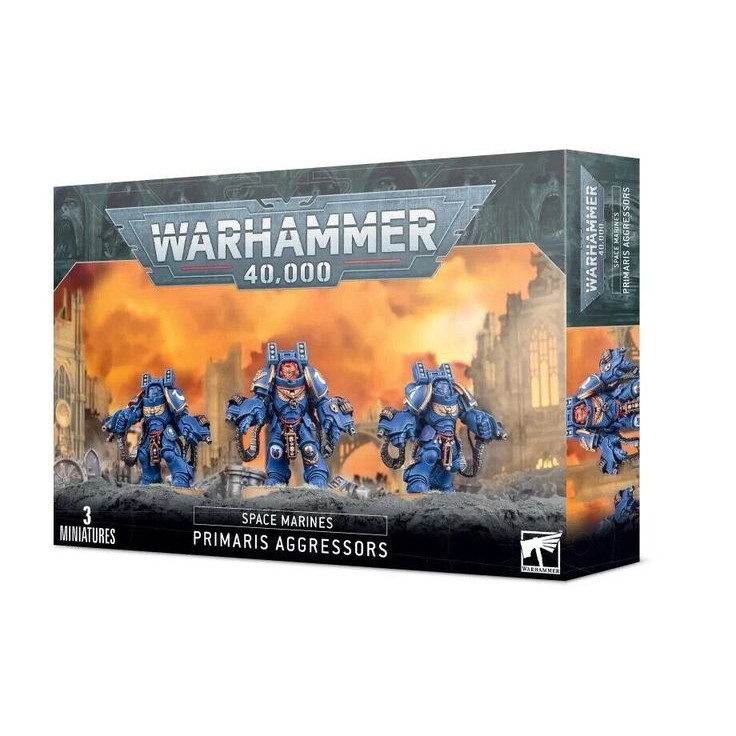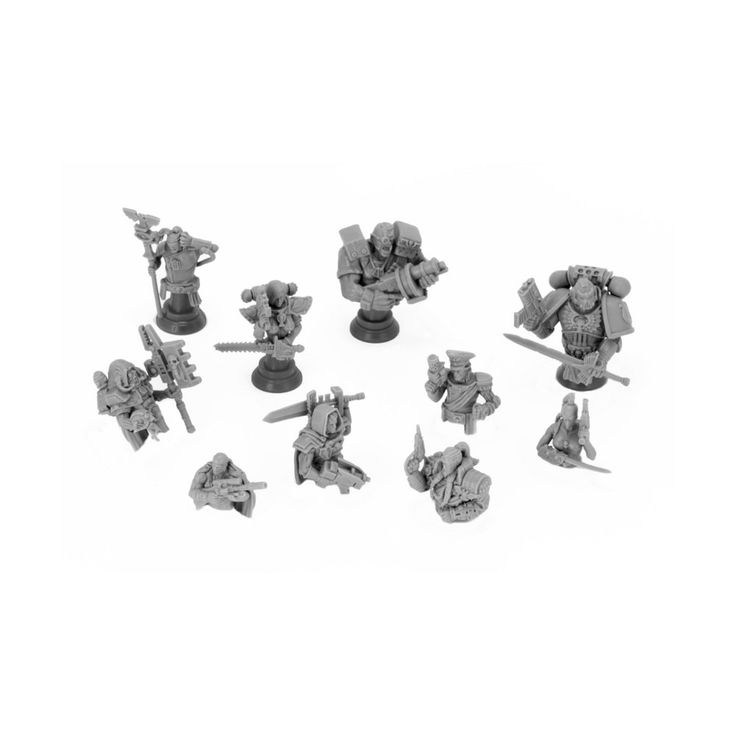Introduction
Warhammer 40k board game is a tabletop miniatures wargame set in a dark sci-fi universe. It combines strategic gameplay, painting miniatures, and immersive storytelling. Players control armies to battle in scenarios within a richly detailed lore.
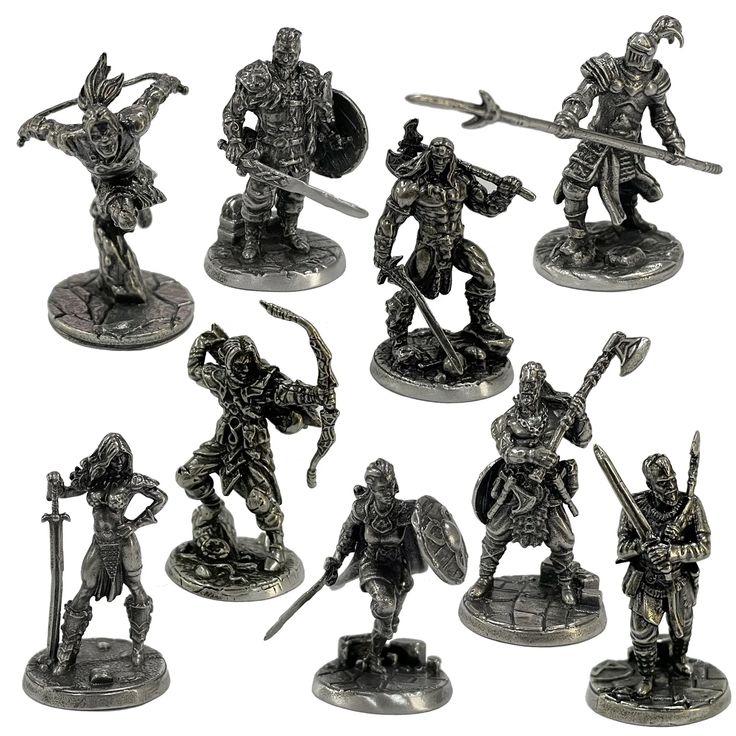
What is Warhammer 40k?
Warhammer 40k, short for Warhammer 40,000, started as a miniature-based wargame. It is played with armies represented by detailed miniatures. These miniatures are painted by the players, adding a creative aspect to the hobby. The game uses dice, measurements, and rules to determine the outcomes of battles. Players compete against each other or collaborate in campaigns to explore narratives within the game’s universe. The lore features factions such as Space Marines, Orks, Eldar, and others.
History and Evolution of the Game
Warhammer 40k was launched in 1987 by Games Workshop. It is rooted in Dungeons & Dragons and earlier tabletop wargames. Over the years, Warhammer 40k expanded with new editions, models, and rules. Each edition enhanced gameplay, offering refined mechanics and new storylines. The game has strong connections to science fiction, inspired by novels, movies, and pop culture. Today, Warhammer 40k is a leading franchise in tabletop gaming, with millions of fans worldwide. It continues to evolve with updated armies, digital tools, and competitive tournaments.
Core Gameplay Mechanics
Core gameplay mechanics in Warhammer 40k determine the flow of the game. Understanding these rules helps players make better strategic decisions. Let’s break down the basics into phases of play, units, and essential tools.
Understanding the Game Phases
Warhammer 40k follows a structured sequence of phases during each turn:
- Command Phase: Players collect Command Points and resolve abilities or effects related to this phase.
- Movement Phase: Armies move across the battlefield. Players measure distances to reposition units.
- Psychic Phase (if applicable): Players with psykers perform Psychic Tests to cast or deny powerful abilities.
- Shooting Phase: Units with ranged weapons attack enemies using dice rolls to hit and wound.
- Charge Phase: Assault units declare charges against nearby enemy units.
- Fight Phase: Close combat occurs. Units engage in melee attacks, determining outcomes with dice.
- Morale Phase: Players check whether their units break or stay in the fight based on losses.
Each of these phases has specific rules that guide actions and influence the game’s strategy.
Overview of Miniatures and Units
Every player’s army in Warhammer 40k consists of miniatures representing different unit types:
- Infantry: Basic troops, often forming the backbone of an army.
- Vehicles: Heavily armored and equipped with powerful weapons.
- Monsters: Large and resilient, combining strength and toughness for battlefield dominance.
- Characters/Heroes: Unique leaders with special abilities that bolster other units.
Each unit has distinct attributes, including movement speed, toughness, and weaponry. Familiarizing yourself with your chosen army’s units is key to effective gameplay.
Dice and Measurement Tools
Warhammer 40k uses standard six-sided dice (D6) to determine action outcomes. Dice rolls decide hits, wounds, successes, or failures. Rolling high numbers is often advantageous.
Measurement tools, such as tape measures or rulers, track distances for movement, shooting, and attacks. Precision is crucial to comply with the game’s rules. Using proper tools ensures fair and accurate gameplay.
By mastering the phases, miniature types, and tools, players can enhance their understanding of Warhammer 40k’s core mechanics.
Setting Up a Game of Warhammer 40k
Setting up a Warhammer 40k game involves preparation and planning. This phase determines the pace of your gameplay. It includes selecting your army, creating a strategic army list, and setting up the terrain.
Choosing Your Army and Faction
Selecting an army is the first step in setting up Warhammer 40k. Choose a faction that fits your playstyle. Popular factions include Space Marines, Orks, and Tyranids. Each faction has strengths, weaknesses, and unique units.
When choosing, consider these factors:
- Lore and Aesthetics: Pick a faction that appeals to you visually and narratively.
- Rules and Gameplay Style: Some factions focus on range, while others excel in melee combat.
- Budget: Different armies may require varying numbers of miniatures.
Knowing your chosen faction’s rules and style improves your gameplay and enjoyment.
Building an Army List
Building an army list combines strategy and creativity. This process involves selecting units within a specific point limit. Points balance the game by setting total unit values for each side. Use your faction’s Codex to create a balanced list.
Steps to build an army list:
- Determine Point Limit: Common matches use 1,000 or 2,000 points.
- Pick a Detachment: Detachments organize your units. Choose one based on your strategy.
- Select Units: Include different unit types like infantry, vehicles, and heroes. Aim for balance.
- Allocate Weapon Options: Customize units with weapons or abilities listed in the Codex.
A strong army list plays to your strengths while countering opponents effectively.
Preparing the Game Board and Terrain
The game board and terrain enhance immersion and tactical depth. Proper setup ensures a fair and exciting experience for both players. Follow these steps:
- Choose a Board Size: Common sizes include 4’x4′ for small games and 6’x4′ for larger ones.
- Select Terrain Pieces: Include buildings, forests, and ruins for cover and strategic options.
- Distribute Terrain Evenly: Place terrain to balance advantages on both sides of the board.
- Define Rules for Terrain: Agree on effects for cover, line of sight, and movement around terrain.
An engaging setup improves gameplay and highlights Warhammer 40k’s strategic depth.
By carefully choosing your faction, building an army, and setting up terrain, you lay the groundwork for an enjoyable game.
Rules of Engagement
Understanding the rules of engagement is key to mastering Warhammer 40k gameplay. These rules dictate how armies interact on the battlefield. They include movement, shooting, melee combat, special rules, and how to score points.
Basic Movement, Shooting, and Melee Rules
Warhammer 40k gameplay hinges on three core actions: movement, shooting, and melee combat. Each phase involves specific mechanics:
- Movement Rules: Players reposition units across the battlefield. Each unit has a set movement range.
- Measure distances using a tape measure.
- Units cannot move through walls or other impassable terrain.
- Shooting Rules: Ranged units attack enemies using dice rolls.
- Check weapon range before shooting.
- Roll dice to hit, then to wound.
- The defender rolls to save against damage.
- Melee Rules: Close-quarters combat involves charging and fighting.
- Units in melee range can attack.
- Follow a similar dice-rolling process as shooting.
- Combat resolves based on weapon strength and target toughness.
Mastering these core rules ensures smooth, strategic gameplay.
Special Rules and Abilities
Special rules and abilities add depth and variety to Warhammer 40k. Units and armies often have unique attributes that can influence battles.
- Unit Abilities: Certain units have special powers, like boosted durability or extra attacks.
- Faction Rules: Each faction has unique traits and strategies embedded in its lore.
- Weapon Abilities: Weapons may have added effects, such as piercing armor or causing area damage.
Players can find these special rules in their faction’s Codex. Using them effectively enhances gameplay strategies.
Points and Scoring System
Scoring points determines the winner in Warhammer 40k battles. Points come from objectives, kills, and strategic play.
- Primary Objectives: These are mission-specific goals, such as holding territories or retrieving artifacts.
- Secondary Objectives: Players choose these, such as killing specific units or performing in-game actions.
- Kill Points: Destroying opposing units often earns additional points.
Clear, objective-based scoring ensures competitive balance. Tracking points during battle helps players adjust their strategy.
By mastering basic rules, special abilities, and scoring systems, players can engage in thrilling, competitive matches.
Strategy and Tactics
Strategy and tactics are vital to achieving victory in Warhammer 40k. Players need strong planning and flexible adaptation during battles. Let’s explore effective army composition, deployment strategies, and managing resources and command points to enhance your gameplay.
Effective Army Composition
Building a well-balanced army is critical in Warhammer 40k. Consider the following tips:
- Mix Unit Types: Include infantry, vehicles, and heroes for versatility.
- Faction Strengths: Leverage your faction’s unique traits and abilities.
- Point Allocation: Maximize point usage while maintaining balance between attack and defense.
- Synergies: Select units and abilities that complement each other effectively.
Combining units with complementary roles ensures an adaptable and powerful force.
Deployment Strategies
Deployment sets the foundation for your battle tactics. Position your units wisely by following these principles:
- Focus on Objectives: Place units where they can secure mission goals early.
- Protect Key Units: Keep fragile or valuable units in defensive positions.
- Use Terrain Smartly: Take advantage of cover to minimize enemy attacks.
- Spread Out: Avoid crowding units, which can invite area attacks.
A thoughtful deployment strategy enhances control and adaptability during the game.
Managing Resources and Command Points
Effective resource and command point management can tilt the scales during battle. Here’s how:
- Plan Ahead: Reserve command points for pivotal moments in the game.
- Use Strategic Abilities: Spend points on unit abilities that can significantly impact the outcome.
- Avoid Waste: Don’t expend resources on less impactful actions.
- Track Carefully: Monitor command points and their usage throughout the game.
By managing resources wisely, players can strengthen their position and maintain momentum.
Mastering army composition, deployment, and resource management makes you a formidable Warhammer 40k player.
Expanding Your Warhammer 40k Experience
After mastering the rules and strategies, players can expand their Warhammer 40k experience further. Painting miniatures, participating in gaming communities, and exploring competitive play enhance the hobby’s enjoyment.
Tips for Painting Miniatures
Painting miniatures is an essential part of Warhammer 40k. It combines creativity and personalization. Follow these tips to achieve impressive results:
- Start with Basics: Use starter paint kits and simple techniques to build confidence.
- Prep Your Miniatures: Clean the models and prime them before painting to improve paint adhesion.
- Choose a Color Scheme: Pick colors that match your army’s faction or personal preference.
- Use Thin Layers: Apply paint in thin coats for smoother and cleaner details.
- Practice Highlighting and Shading: Learn techniques to bring depth and texture to your models.
Invest time in painting, and your miniatures will stand out on the battlefield.
Joining a Gaming Community
Gaming communities offer a supportive space to connect with other Warhammer 40k enthusiasts. Here’s why joining one matters:
- Learn from Others: Gain insights into strategies, painting tutorials, and game setup tips.
- Share Experiences: Discuss matches, army builds, and tactics for mutual improvement.
- Play Regularly: Find opponents for casual games or structured campaigns.
- Access Events: Many groups organize tournaments and themed events for players.
Join local gaming stores, clubs, or online forums to engage with fellow players.
Competitive Play and Tournaments
Competitive play challenges your skills and encourages strategic growth. Tournaments add excitement to the Warhammer 40k experience. Here’s what you need to know:
- Know the Rules: Familiarize yourself with tournament-specific rules and scoring systems.
- Build a Competitive Army List: Tailor your list for efficiency and adaptability.
- Practice Regularly: Test strategies and improve gameplay through challenging matches.
- Stay Sporty: Respect your opponents and maintain good sportsmanship during competitions.
Participating in tournaments sharpens your skills while building camaraderie among players.
Expanding your Warhammer 40k experience enhances your enjoyment and helps you connect with the vibrant community.
Common Mistakes and How to Avoid Them
Learning Warhammer 40k can feel overwhelming when starting. Many players make common mistakes in gameplay. Knowing these errors and how to avoid them improves your experience and success.
Misinterpreting Rules
Misinterpreting rules is a frequent issue for both new and experienced players. To prevent this:
- Read the Rulebook Carefully: Study core rules and your faction’s Codex before playing.
- Clarify Unclear Rules: Ask opponents or check official FAQs when rules are uncertain.
- Practice Scenarios: Run test games to understand rule interactions better.
- Avoid Guessing: Always confirm rules to ensure fair gameplay.
Understanding the rules leads to smoother games and fewer disputes.
Ignoring Objectives
Focusing too much on combat can lead to neglecting objectives. This mistake can cost you the game. Here’s how to stay objective-focused:
- Plan Around Objectives: Always consider the mission goals when forming your strategy.
- Position Units Strategically: Place units near objectives to secure them early.
- Prioritize Scoring Points: Winning is often about points, not enemy kills.
- Adapt to the Situation: Modify your plans if objectives become contested or unreachable.
Balancing combat with objectives is key to consistent success.
Overcommitting Troops
Overcommitting troops is another common mistake. It often exposes your army to counterattacks. To avoid this:
- Hold Units in Reserve: Keep some units ready for unexpected threats.
- Avoid Risky Plays: Don’t send too many troops into dangerous positions.
- Focus on Combos: Use coordinated attacks to weaken enemies without full commitment.
- Spread Out Strategically: Maintain coverage across the battlefield to avoid overextension.
Smart troop management preserves your army’s strength and ensures flexibility.
By avoiding these mistakes, you’ll improve your strategy and enjoy Warhammer 40k much more.
Additional Resources and Tools
Enhancing your Warhammer 40k board game experience often involves using various resources and tools. These provide support and help players fully engage with the game. From official rulebooks to digital tools, leveraging these resources ensures precise and enjoyable gameplay.
Official Rulebooks and FAQs
Official rulebooks form the foundation of Warhammer 40k. They explain the game’s core mechanics and rules:
- Core Rulebook: Contains universal rules for gameplay, covering phases, movement, shooting, and combat.
- Faction Codices: Specific to each army, detailing units, abilities, and strategies.
- Mission Packs: Provide scenarios, objectives, and variants to diversify battles.
- FAQs and Errata: Clarify rules and address inconsistencies after official releases.
Stay updated on rule changes by regularly checking official Games Workshop publications. Using these materials ensures fair play and helps refine strategies.
Online Communities and Forums
Warhammer 40k board game communities provide spaces to share experiences, learn, and connect with others. Join them for advice and insights:
- Reddit (e.g., r/Warhammer40k): Discuss tactics, lore, painting, and game-related questions.
- Facebook Groups: Join local or global Warhammer 40k groups for events or discussions.
- Dedicated Forums: Websites like DakkaDakka or Bolter & Chainsword cater to game-specific discussions.
- YouTube Channels: Watch tutorials, battle reports, and strategy guides from experienced players.
Active participation in these communities can help improve skills and build long-lasting connections.
Apps and Software for the Game
Technology has enhanced the Warhammer 40k experience greatly. Utilize apps and software for convenience:
- BattleScribe: An army-building app that simplifies list creation and ensures point accuracy.
- Warhammer 40k App: Official tool for accessing rules, datasheets, and FAQs digitally.
- Tabletop Simulator: Offers virtual gameplay for remote matches with opponents.
- Painting Apps: Tools like Colorizer help plan miniature color schemes visually.
These tools save time, reduce errors, and assist in both casual and competitive play.
By utilizing these resources and tools, you can make your Warhammer 40k board game journey more enriching and efficient.
